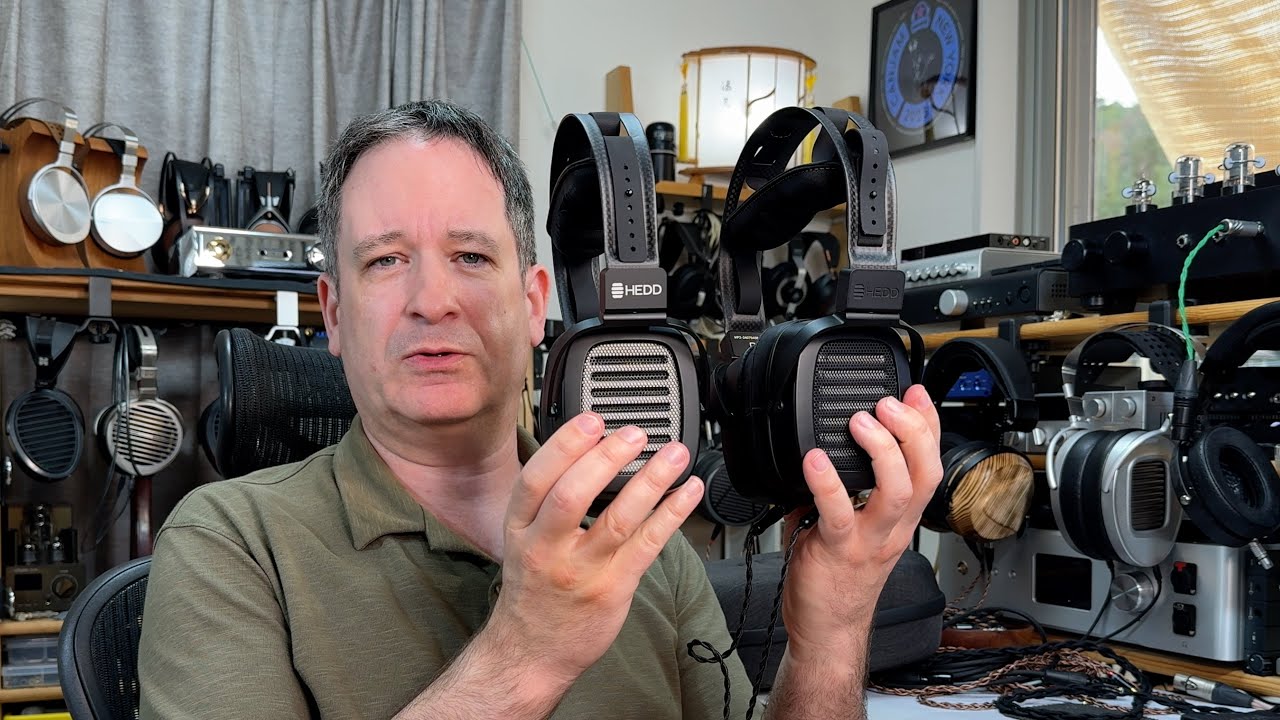
Audio-gd is well-known for its combined DAC and headphone amplifier units. While putting both a DAC and an amplifier inside one chassis requires a bit of compromise compared to buying full separates, my recent experience with the R-27HE suggests that you don’t lose much, and mainly in the amplifier side of things. None the less, the R-27HE is a beast, with a full regenerative power supply inside, making it fairly immune to the issues of noise, interference and reliability issues that plague audio gear when connected to the wall.
So, it was a pleasant surprise to find out that the R27, itself a full R2R-based DAC and headphone amplifier has been succeeded by a version with a regenerative power supply included. Up until now, if you wanted a version of Audio-gd’s DACs or Master 9 with a regenerative power supply it meant getting a quite huge and heavy beast of a device. With the new R-27 RE, Kingwa has squeezed most of the R-27HE into the regular chassis, itself already a full-sized component. Compared to the full HE unit, the R27 RE has only (!!) 10W of power for your headphones, down from the 15W of the HE unit, which is “still strong enough for most headphones”. It’s hard not to laugh at this incredible understatement.
Still, as always from Audio-gd, one gets a swathe of audio-quality-improving features. The web page for the R27 RE describes:

Fully discrete parts are used in a truly balanced current transmission design.
4 sets of fully discrete and independent DSD hardware decoders.
8 sets of fully discrete R-2R DA modules to form a two-channel balanced push-pull decoder.
2 top-notch Accusilicon TCXOs with frequencies of 90 and 98MHz provide synchronization for the whole unit, and they are applied to the playback of all data rates without PLL up-conversion.
Both the USB and HDMI inputs are equipped with isolators, and a linear power supplies to separately supply power to the USB and HDMI modules before the isolators to prevent interference from signal sources.
A: USB uses a two-way transmission isolator, which not only transmits IIS signals to the FPGA processor, but also receives the synchronous clock signal sent by the FPGA processor. The USB interface itself is no longer equipped with clocks. The synchronous clock is applied to make the signal transmission more accurate and upgrade sound quality to an excellent level. The sound quality is improve obvious.
B: the HDMI module is now equipped with an independent isolator to improve the sound quality of the HDMI input.
For US$2390 (not including shipping) that’s close to the same cost as a Schiit Yggdrasil, but with a full-power headphone amplifier included.





